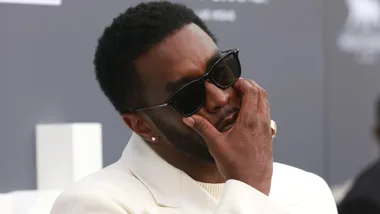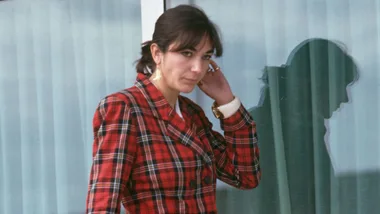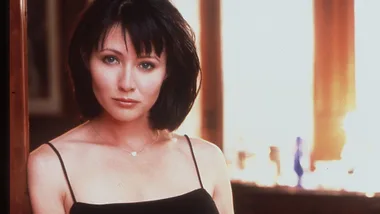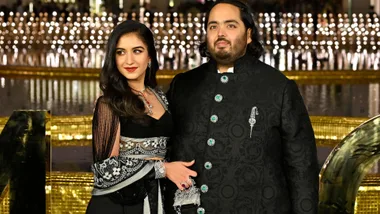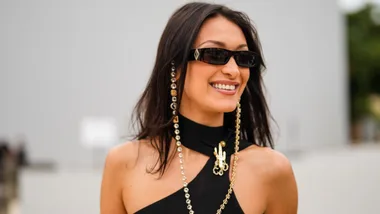An image of the lifeless body of a three-year-old Syrian boy washed up on a Turkish beach changed the conversation around the refugee crisis. A year on, we reveal the stories of those touched profoundly by the groundbreaking photographs of the toddler.
This time last year, the United Nations had already given its dire warning that Europe was in the midst of its worst asylum seeker crisis since the Second World War. Every day, news cameras captured footage of the sea of humanity marching across Europe, and witnessed their sheer panic as more and more borders shut down around them. Every day shocking stories emerged of the many who were dying in their quest for freedom: pictures of clothing and life jackets washing up on the Mediterranean’s shore; bodies of refugees were discovered in airtight lorries, in shipping containers, and in the packed hulls of unseaworthy vessels, all transport organised by unscrupulous smugglers. Yet still the world chose to look away.
Then on September 2, a tiny, lifeless body – that of a little brown-haired boy,wearing new shoes – washed up on the shore of Turkey. Alan Kurdi, aged three, had drowned alongside his five-year-old brother, Galip, and mother, Rehan, Syrian refugees risking all to reach the European Union gateway of Greece. A news photographer captured a haunting series of images of Alan and within hours they were on front pages and social media feeds around the world, putting the asylum seeker crisis into sharp focus, and altering the lives of a select few. Here are their stories.
NILÜFER DEMIR
PHOTOGRAPHER WHO TOOK THE PICTURE
As a press photographer and resident of Bodrum, a resort town on the Aegean coast of Turkey, Nilüfer Demir would often head to the sandy shore to capture images of the asylum seekers flooding into her country. On that particular September morning, she had planned to photograph Pakistani refugees, but that changed when she and a friend spotted Alan’s body face down at the water’s edge.
“I thought, ‘This is the only way I can express the scream of his silent body.’” Nilufer Demir
“There was nothing left to do for him,” Demir told CNN. “There was nothing left to bring him back to life. The only thing for me to do was to take their photographs to make sure Turkey and the world saw this. “I thought, ‘This is the only way I can express the scream of his silent body.’”
Demir and her friend then found Galip’s body. “He was lying on the beach the same way. They had nothing – no life vest, no arm floats, no lifebuoy. This revealed how tragic that moment was.” The photo changed Demir’s life. “What I saw has left a terrible impression that keeps me awake at night,” she has said. “I wish I hadn’t had to take that picture. I would have much preferred to have taken one of Alan playing on the beach than photographing his corpse.’’
MEMHET ÇIPLAK
POLICEMAN WHO PICKED UP ALAN’S BODY
When he first saw the little boy, “I prayed God to find him alive. I thought of my own son when I saw him,” Çiplak has said. “I checked for a signal of life, hoping he was still alive. I was so sad. I am a father first. I have a six-year-old son. I empathised; I put him in my son’s place. There was an indefinable pain. “My wife, my family, my colleagues called me. They realised my face was in the pictures and they asked: ‘How did you carry that burden?’” Çiplak said the drowning deaths of asylum seekers were a “shame for humanity”.

PETER BOUCKAERT
PROMINENT HUMAN RIGHTS ACTIVIST WHO RETWEETED THE IMAGES
“I was in Budapest, Hungary, when I first saw the picture. It hit me like a punch in the stomach because it’s an image we can all identify with. “What struck me the most were his little sneakers, almost certainly lovingly put on by his parents that morning as they dressed him for their dangerous journey. Staring at the image, I couldn’t help imagine it was one of my own sons lying there drowned on the beach.
“It was the perfect symbol for the indifference the world was showing to the plight of these desperate people.” One of the reasons so many people in the west reacted so strongly to this particular picture is because he looked very much like a drowned European boy. Before Alan Kurdi drowned, there were dozens of African kids drowned off the beaches of Libya and their bodies were also photographed, but they did not cause the same reaction.
“Instead of being outraged at the image itself, we should be outraged that this little boy and his brother and mother drowned at the doorstep of Europe.” Peter Bouckaert
“The photo had circulated a little before [I saw it] but [as the emergencies director ofHuman Rights Watch] I have a significant Twitter following and, after thinking long and hard, I retweeted the picture, saying: ‘Just pause for a moment, this is your child…’ “It caused an immediate reaction. An hour after I retweeted it, I was contacted by at least six newspapers wanting to discuss what to do with this very powerful image. Was it too disturbing an image to put on their front page? “Some say the picture is too offensive to share online or print, but what I find offensive is that drowned children are washing up on our shorelines, when more could have been done to prevent their deaths. Instead of being outraged about the image itself, we should be outraged that this little boy and his brother and mother drowned at the doorstep of Europe.
“It was important that the photo was widely shared at the time of Alan’s drowning. Our shock over his needless death opened our hearts to the plight of Syrian refugees, at least for a moment. The image shook so many people out of their apathy.”
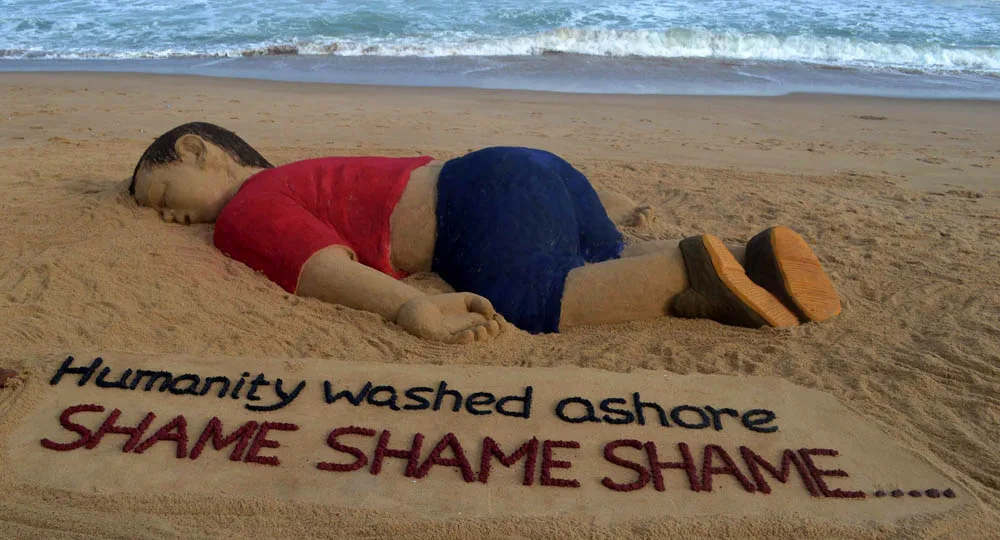
TIMA KURDI
ALAN’S AUNT WHO LIVES IN CANADA
“I remember having a phone call with Rehan when she was on the Turkish border and the guards would not let them in. It was very hot and Galip was crying. I asked how Alan was. She said: ‘You know Alan … he never cries. He is happy. Running around. I have to hold his hand because there are so many people and I don’t want to lose him.’ “Turkey was safer, but the family were living in shocking conditions and struggling. That’s why they decided to attempt the sea crossing. They were desperate. ‘My brother Abdullah had to pay the people smugglers $5000 and it took time [for them] to get on the boat. Every day was windy, the water and waves were very high. Finally, I got a text saying: ‘We are leaving now.’ I spoke to Rehan [and] she said: “I don’t know how to swim.” I asked her if she had a life jacket and she said she was too fat and wouldn’t float in the water. She wasn’t really, but we were joking.
“As the public memory of that tragedy has faded, the crisis for Syrian refugees has become worse, not better.” Tima Kurdi
“The next morning, after a sleepless night, I saw [I had] lots of missed calls from my family. I knew something was wrong, but I had no idea it was this bad. My sister in Damascus broke the news. She was crying so hard I couldn’t understand her at first. “She said Rehan and the two boys had drowned. Abdullah was in the hospital, standing in front of three dead bodies. He had been in the water for three hours and prayed to God to pull his body down with them. He did his best to save them, but he couldn’t. They slipped away, one by one. “I remember falling on my knees in the kitchen and screaming.
Meanwhile, my husband’s sister in Toronto had sent him a photo of a boy and asked if it was linked to my family. I insisted my husband show me. So he said, ‘Look, the boy is lying face down. Do you know this boy?’ “I said, ‘Oh my God, it is Alan.’ I couldn’t take it in. I had bought him clothes at the end of that last summer and I remembered the shoes, the shorts, the T-shirt. In my first press conference, I told people what my brother had said to me: ‘The picture of my boy is a message from God to wake up the world. Hopefully, finally, people will open their hearts.’ And for a while they did, but as the public memory of that tragedy has faded, the crisis for Syrian refugees has become worse, not better.”
SIMON LEWIS
AUSSIE LIFEGUARD HELPING ASYLUM SEEKERS IN TURKEY
“I was alone one night, flicking through Facebook, when I first saw the photo of Alan Kurdi. BOOM! Two things stood out for me: why is he alone and where is his life jacket? That image of him alone on that shore, dead, was devastating. “As a lifeguard I have a unique set of skills: to help people who are drowning. Here was a drowned kid. The International Surf Lifesaving Association was looking for volunteers to help. I was accepted and, with the help of crowdfunding, I flew to Greece from my home in Melbourne.
“I remember that first day on Lesbos. We had been on the beach for only 30 minutes when we heard a Greek lifeguard say: ‘Stop, stop, there’s a boat coming.’ “On the horizon, I could see a double-decker ferry swaying side to side. I could see all this orange, and then I realised they were humans. Once the boat was beached, we formed a human chain. I remember one of the first kids handed to me, the weight of that child in my hands, the screams, the look in his eyes. It was such a surreal moment. I have this cold, wet baby and am passing him down the line like passing a football.
“In the 10 days I was there, we helped 517 people, but 31 others drowned. You just have to accept that the numbers [of attempted arrivals] alone mean you can’t help everyone. “It takes less than 30 seconds [to drown] when you are in the Aegean Sea because the tidal movements can be vicious. And the asylum seekers have these fake life jackets that the people smugglers force them to buy. “When you come across a boat in the middle of the sea and the people look at you like you’re an angel, it stains your brain. You can see the fear and then the blood rushing back as they realise they’ve now got some protection, and you’re it.
“Back home, I realised I needed to start sharing their stories, talking about why the refugees see [risking their lives] as their single best option. I’ve trained a team of lifesavers in New Zealand, and I’ve helped UNHCR as a special supporter. “If I stopped lifeguarding tomorrow, at least I can say to myself that when the world needed help, I got up and found a way to get there, and I helped.”
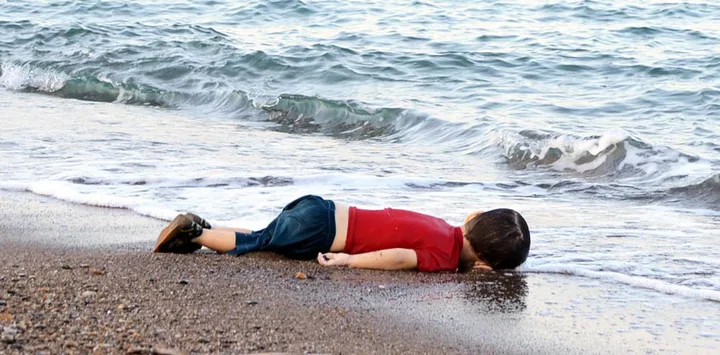 Getty
Getty


